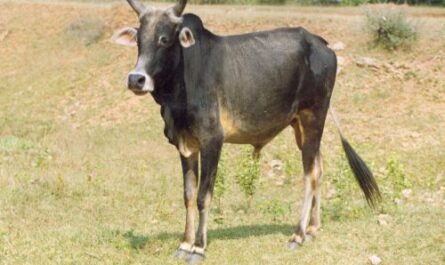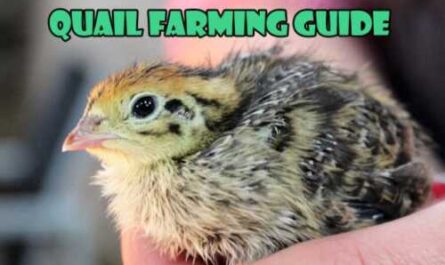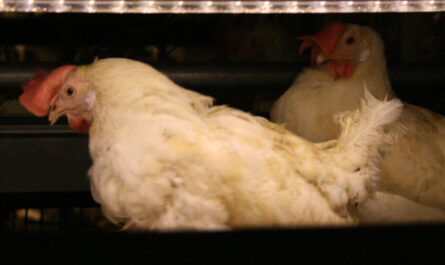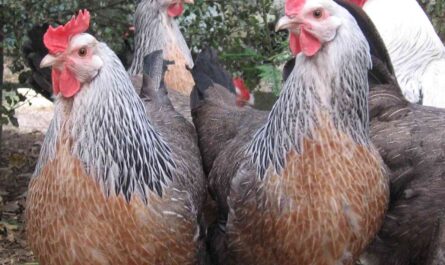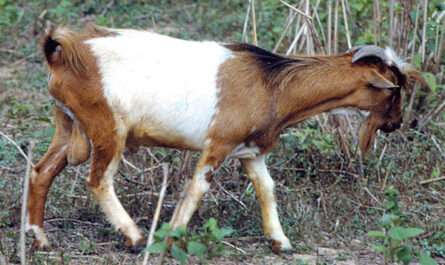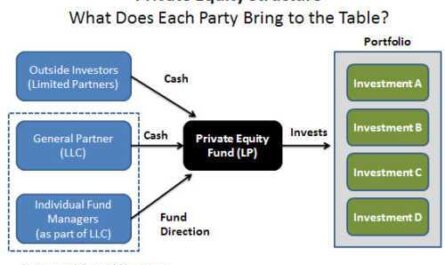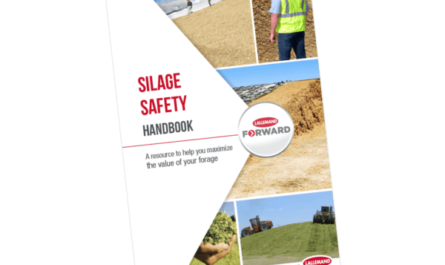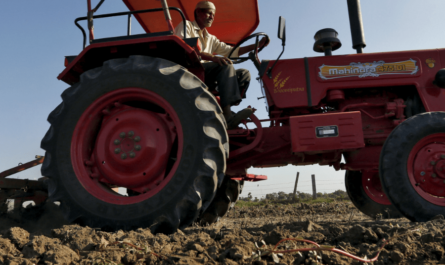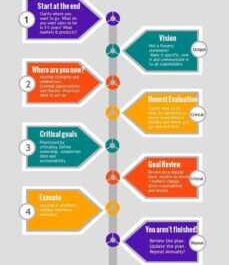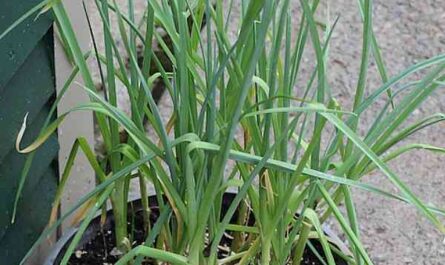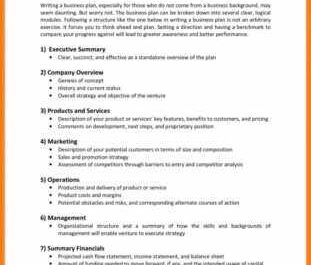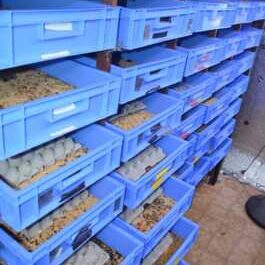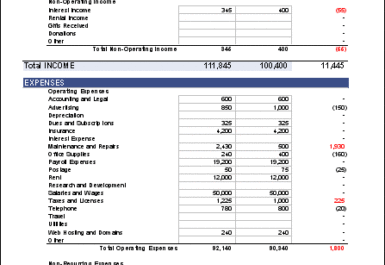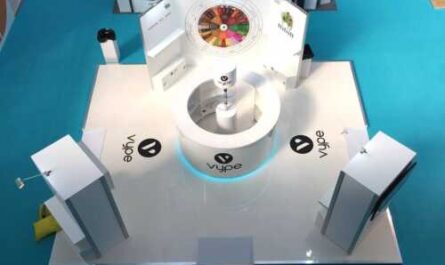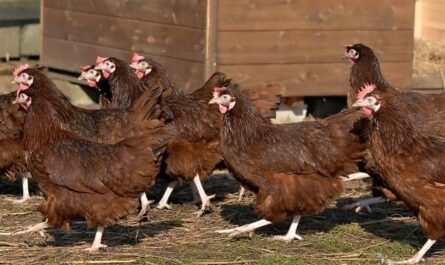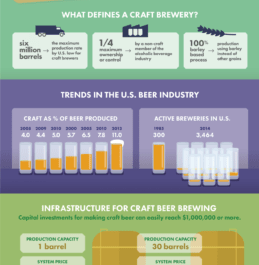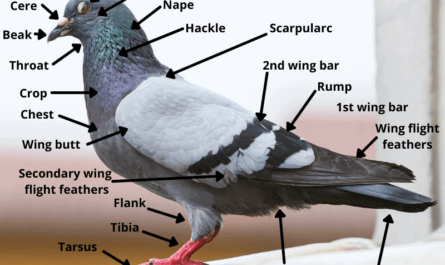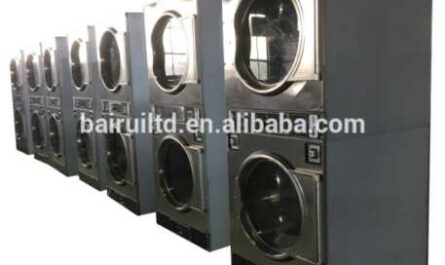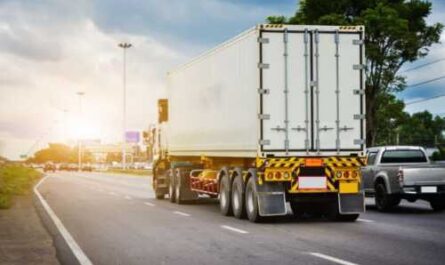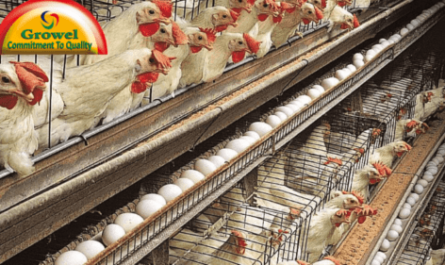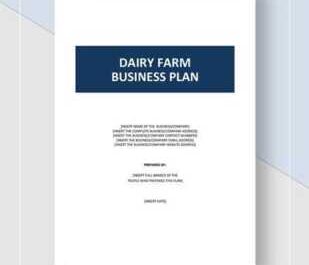Are you looking to start a construction business and want to know which tools to buy? here are 50 types of construction machinery and their use.
In the construction world, there are various construction equipment, each with its own use. Depending on the type of project you are doing, you may need one form or another. Different types of equipment are used for the construction of buildings and structures, road construction, underwater energy projects and other offshore projects, etc.
There are various operations that are involved in construction, whether large or small scale, including; Excavation and digging of large quantities of soil, placement of construction materials (for example: – bricks, concrete) compaction and leveling, dosing, sorting, transport, etc.
There is construction equipment that has only one use, while there is others that can serve more than one purpose on a construction site. Here are some types of construction equipment and their uses.
50 types of construction machinery and their use
1. Dumpers articulated: The dumpers articulated are good for navigation on the construction site. These trucks consist of two parts: a cabin, a tractor designed for off-road travel, and a trailer designed to carry heavy loads. The two parts are connected by a hinge for easy control of the equipment.
2. Asphalt Pavers: This construction equipment is used for paving asphalt on roads, bridges, parking lots or other surfaces. Pavers usually come with a full dump truck and roller. The bucket transports the asphalt to the paver, which spreads it over the surface. While it does provide a small amount of compaction, it should be followed by a roller to make sure the asphalt is in place.
3. Backhoe Loader: The backhoe loader is a versatile construction equipment because it is a combination of three types of machines: tractor, loader and excavator. The main function of this tool is an excavator, which can be used to dig hard materials, often compact soils. It can also be used to lift heavy loads and place them in a specific location.
You can use the charger to move dirt and supplies. The fact that it is a tractor gives you the ability to navigate rough terrain with ease. They can rotate 200 degrees and are great for light to medium loads.
4. Cold Planers: Also known as milling machines, cold planers are used to remove asphalt and concrete from the surface. This machine contains a large drum that rotates and grinds the surface, accompanied by knives that will cut the pavement.
The free sidewalk is automatically extended to the center of the rotating drum and fed onto a conveyor belt attached to the machine. During this grinding process, water is usually routed to the drum to minimize dust and heat.
5. Compact Track Loaders & Rough Terrain Loaders: This construction equipment is used to move mud from one point to another on a construction site. These machines are designed to maximize performance in a minimal footprint. Compact Track Loaders and Rough Terrain Loaders feature a rubber tracked undercarriage ideal for navigating a variety of terrains and conditions.
6. Compactors: There are many types of compactors, but most of them are used to reduce the size of the material. The type of machine you need depends on the type of material you are pressing. If you are handling trash, a landfill compactor is best. On the other hand, you will need a soil compactor if you are working with soil. Tandem vibratory rollers are used to compact fresh asphalt, while pneumatic rollers are used with a variety of materials.
7. Bulldozers: You can identify a bulldozer by the large metal blade it has on the front, which is used to push out huge amounts of dirt or other material. If your project involves moving large areas of land a short distance, bulldozing one load is a good way to accomplish this. However, if your project involves moving material more than a short distance, a combination of backhoe loader and articulated dump truck is preferable.
Bulldozers are of two types; Crawler Bulldozers and Wheeled Bulldozers: Both types of bulldozers perform the same function, but the way they navigate is different. Crawler bulldozers distribute the weight of this large chunk of machine evenly over the large crawlers you find in place of the wheels, reducing overall ground pressure in general and making it less likely to fall on loose ground.
Instead of tracks, wheeled bulldozers have large tires and can move three times faster than a tracked dozer. The type of bulldozer you need will depend on the priorities of the different jobs you are doing.
8. Excavators: Excavators are important and widely used equipment in the construction industry. Their main purpose is earthmoving, but besides that, they are also used for many purposes like lifting weights, demolition, river excavation, tree cutting, etc. The excavators have a long arm and a cabinet. There is a digging bucket at the end of the long arm and the cabinet is the place for the machine operator. The entire cabin configuration can be rotated up to 360 °, which makes the job easier. Excavators are available on both wheeled and tracked vehicles.
9. Feller Buncher: If you have a project that uses trees instead of soil, you will need a feller buncher. Waller is also known as a lumberjack and it can be said that this machine replaces the function of several lumberjacks, it works as a weed for trees except that instead of leaving pieces of trees everywhere, he plucks or merges trees while he works.
10. Freight forwarders. Once your feller buncher has taken care of collecting, pruning and stacking the trees, you can quickly load and remove the cut trees from the area with a forwarder. If you also have a forklift and a back that looks like an open cart, this type of equipment can help you do a great job quickly.
11. Boom loaders: Once the trees have been cleared, cut and pruned to the desired size, they should be loaded onto a truck and transported to their destination. Loading a forestry machine requires unique equipment known as a swing arm loader, a boom swing mechanism specially designed for collecting and loading logs. They move surprisingly fast for large heavy construction equipment.
12. Chargers: Chargers are of two types; track and wheel loaders. A crawler loader does everything a skid steer loader can, such as lift, push and move, but on a larger scale and with more lifting capacity.
Their tracks give them the ability to evenly distribute their weight over the surface they travel, reducing the likelihood of them sinking into loose soil. Front loaders can perform the same tasks but have wheels. This makes them comparable to a backhoe loader, just without an excavator.
The wheels give them the ability to lift, push and move at a higher speed than a tracked loader, but they also make them susceptible to leaving their mark on the job, as the weight of the machine is not dispersed on the tracks, but on all four wheels.
13. Motor Graders: Like many other construction vehicles, graders have a blade. Graders are mainly used to raise the level of the ground, mainly while waiting for the addition of new layers to prepare a new road. However, this is not their only function. They can also be used to move relatively small amounts of soil from one location to another, remove soil from the surface, or remove snow.
14. All Terrain Trucks : This type of truck is designed for off road use on a construction site, mine or quarry. This gives more flexibility when moving large quantities. With big tires and a huge bed of material, it is a type of construction equipment that will come in handy for various construction projects.
15. Skidders: If your construction project involves clearing woodland, skidders can be used to cut down trees cut from the forest in the landing area, where they are usually pruned and cut to size. There are two types of skidders; cable and grab. Rope skidders are classic models that require you to pull trees with a rope, the grip is like a claw grabbing the trees and pulling them that way.
16. Telehandlers: Telehandlers are a varied type of construction equipment that can help you lift materials. With a telescopic boom that allows them to move forward and up, and various types of attachments like pallet forks, buckets and luffing booms, you have a machine that can help you move just about anything. . Sometimes telehandlers can be a cheaper alternative to using cranes.
17. Wheeled Stripping Tractor: The wheeled stripping tractor is another piece of equipment that can be used to move soil. This equipment is long and has two complex axes. It combines the ability to start leveling the surface with a scraper, but instead of pushing the dirt, it collects it. The scraper has a sharp edge that cuts through the ground, freeing it.
The scraper is tilted and has a conveyor belt so that when the soil is loosened, it moves from the edge into a hopper or bowl, a kind of closed truck bed. This bowl collects soil until it is full and can then be moved to another location on site for disposal. The hopper moves hydraulically to unload the collected soil.
18. Dragline Shovel: This heavy equipment is a construction machine commonly used for deep work and consists of a long boom and a digging bucket suspended from the top of the boom by a cable. The dragline tow truck can do several construction jobs, including harbor construction, underwater excavation, sediment removal in tanks, etc.
20. Graders: Also called graders, this equipment is also used in construction, especially for road construction. Mainly used for leveling roads. It contains a horizontal knife between the front and rear wheels, which is lowered to the ground during operation. A work cabin is provided at the top of the rear axle unit.
In addition, graders are also used to remove snow or mud from roads, to level the ground surface before paving, to remove unnecessary layers of soil. from the ground, etc.
20. Trenchers: Also called trenchers, this construction equipment is used to dig trenches in the ground. These trenches are commonly used for piping, cables, drainage, etc. The slicers come in two types, namely chain and wheel slicers.
Chain trenchers have a long fixed arm around which a digging chain is provided. Wheeled trenchers contain a metal wheel surrounded by a digging tooth. Wheeled trenchers are best suited for digging hard layers of soil. Both types of slicers are available in tracked and wheeled versions.
21. Tower cranes: These are fixed cranes that are used for lifting in the construction of tall structures. Heavy materials such as prestressed concrete blocks, steel trusses, frames, etc. can be easily lifted to the required height using this type of equipment.
They consist of a mast, which is a vertical support tower, a boom which is a crane control lever, a counter-boom, which is the other hand which carries the counterweight at the rear of the crane, and an operator’s cabin from which the crane can be operated.
22. Pile driving equipment : This is heavy equipment used on a construction site to build a pile foundation. This equipment lifts the stake, holds it in the correct position and plunges into the ground to the required depth. There are many types of pile driving equipment, some of them are drilling rigs, hammer piles, hammer guides, etc.
23. Dump Truck : Also known as dump truck, this is a type of truck or truck with a rear platform that can be lifted at the front to allow the load to be unloaded by gravity. Suitable for heavy mining operations, as well as bulk cargo transportation in construction and infrastructure, full maneuverability, high productivity and durability are common to all trucks, resulting in lower operating costs.
24. Tanker Truck : Also known as tanker truck or tank truck, this construction equipment was invented to transport liquid cargoes, bulk cargoes or gases on the road. The larger of these vehicles are similar to tank cars, which are also designed for the transport of liquid goods. There are many options due to the wide variety of fluids that can be transported. In construction, it is used to transport mixed concrete.
25. Forklift: Also known as a forklift, forklift or tow motor, a forklift is an industrial electric-powered truck used to lift and transport materials. Forklifts come in different shapes and sizes with different lifting capacities. In a typical warehouse environment, most forklifts in service have a lift capacity of one to five tonnes. To lift heavier loads on the job site, larger machines with a lifting capacity of up to 50 tons are used.
26. Hoist: This construction equipment can also be called human hoist, cargo hoist, temporary hoist, construction forklift, hoist or elevator, and is mainly used in large construction projects, high rise buildings or large hospitals. A hoist is a device for raising or lowering a load using a drum or wheel hoist, on which a rope or chain is wound.
It can be operated manually, electrically or pneumatically, and the fibers of the chain or cable are used as a lifting device. The load is connected to the hoist using a lifting hook.
27. Conveyor: A conveyor structure is conventional mechanical handling equipment that moves materials from one location to another. Conveyors can be very convenient for transporting heavy or bulky materials. Conveyor systems provide fast and efficient transportation of a wide variety of materials, making them very popular in the material handling and packaging industries.
28. Tunnel drill (TBM ): This construction machine is often used to cut long tunnels. TBMs are very useful for tunneling in harsh and challenging geological environments including mixed and adjacent rock and soil conditions, fractured rock, compression and swelling locations, highly fractured rock, areas of shear and faulting, and soils subjected to in situ stress and high water pressure. p48>
the tunnel boring machine may be suitable for earthwork tunnels which contain competent rock which can provide adequate geological stability to drill a long section of tunnel without structural support; however, very hard rock can cause severe wear and tear on the TBM stone cutting machine and can slow down the tunneling process to the point that the tunnel boring machine becomes unnecessary and unprofitable and may take longer than the drilling and cutting method. tunneling.
29. Road head machine under construction: This construction machine is also called road head boom. Highway collectors are advanced, self-propelled, and extremely powerful mining knives designed to continuously dig roads, tunnels and compartments without excessive force.
Electrically driven, hydraulically driven, they do not emit steam and are widely used in mining. coal mining and underground construction projects where their ability to dig the desired profile without causing harmful vibrations is highly valued for safety and environmental reasons.
Here are some types of road collectors
- Construction Sewers: Road sewers for construction are equipped with heavy-duty cross cutting heads, proven to provide the best cutting performance in a wide range of rock formations. Subway tunnels, mine shafts, reconstruction of existing tunnels, road tunnels and excavation of underground caverns are just a few examples where these machines have shown great flexibility.
- Mining titles: The titles mining are manufactured with powerful cross-cutting heads proven to deliver unparalleled cutting performance in the rock formation at scale. Mounted on an extremely rugged hydraulic boom, these are reliable, rugged and highly creative products for development and production.
- Hydraulic Cutting Heads: Hydraulic cutting heads are designed for quick and easy installation on suitable excavators. With proven, geometrically optimized cross-sectional designs proven in some of the most rocky mountain and tunnel areas in the world, these are well-organized, multi-functional tools for a variety of applications including scaling, fabrication , tunneling, paving, trench leveling and demolition.
- Concrete mixer : A concrete mixer or concrete mixer is a construction machine that has been designed to mix cement evenly to form aggregates such as sand or gravel and water in concrete. A typical concrete mixer uses a rotating drum to mix the components. For small jobs, portable concrete mixers are routinely used for concrete and can be produced on-site to give workers enough time to use the concrete before it hardens.


